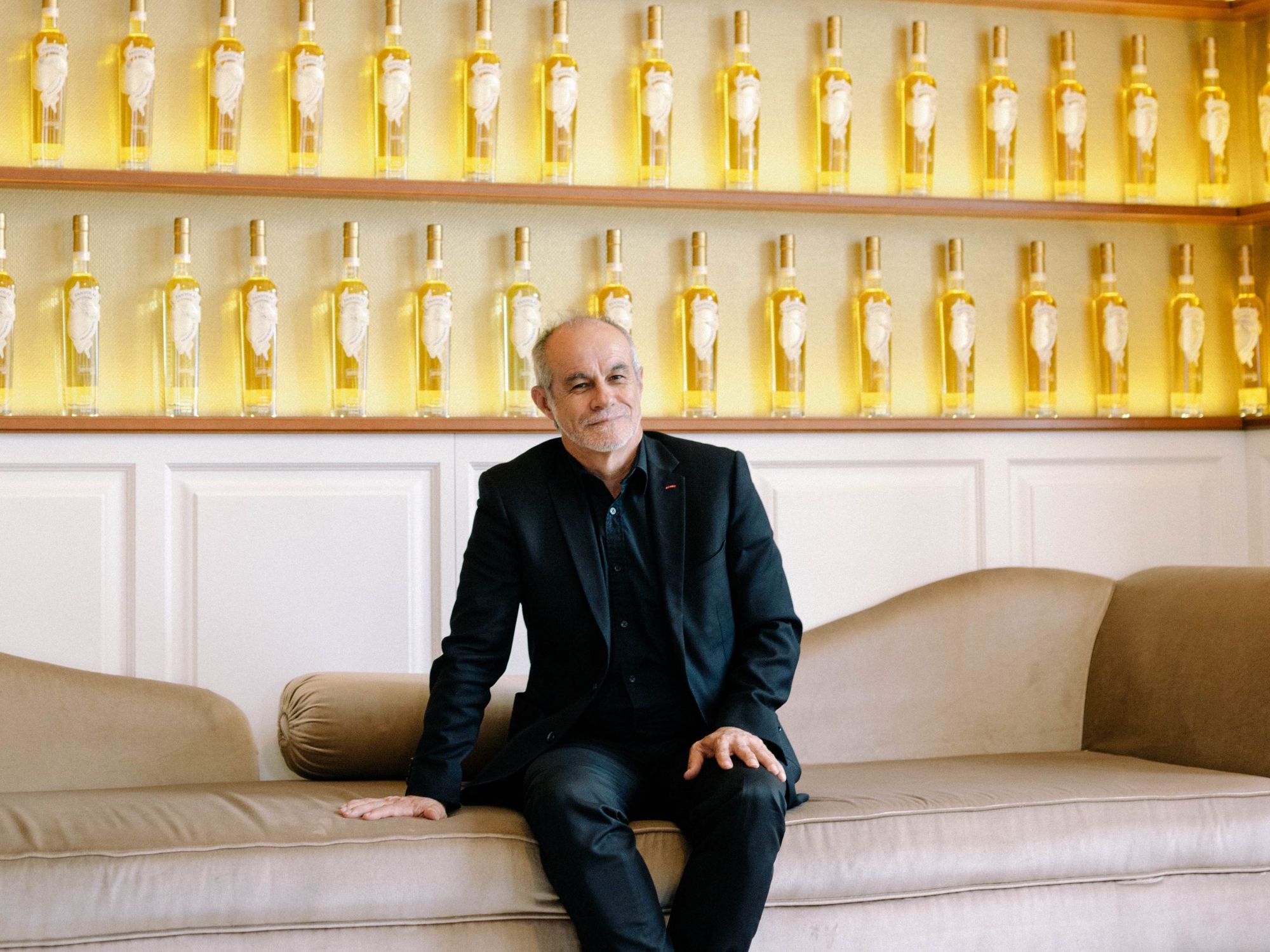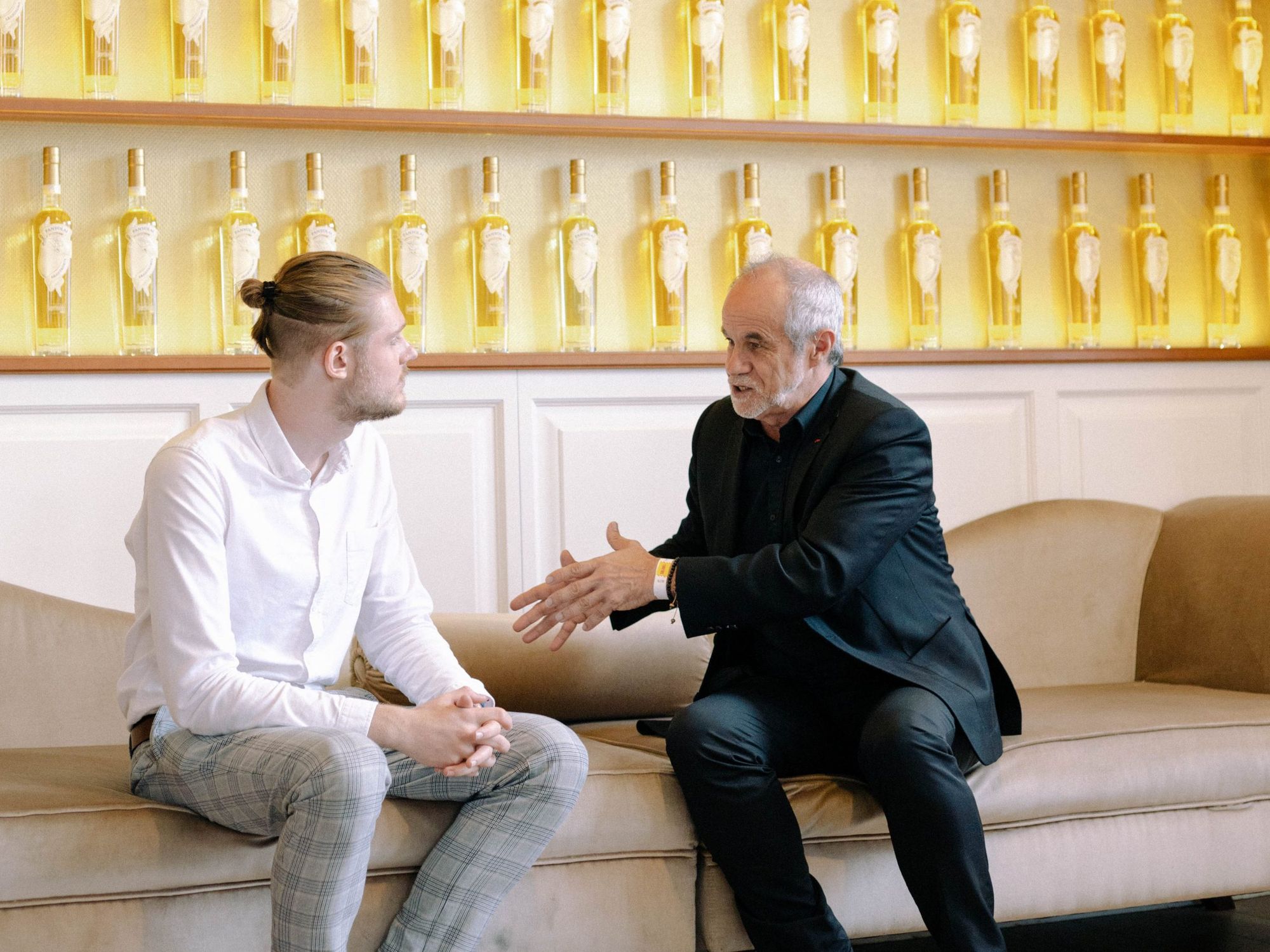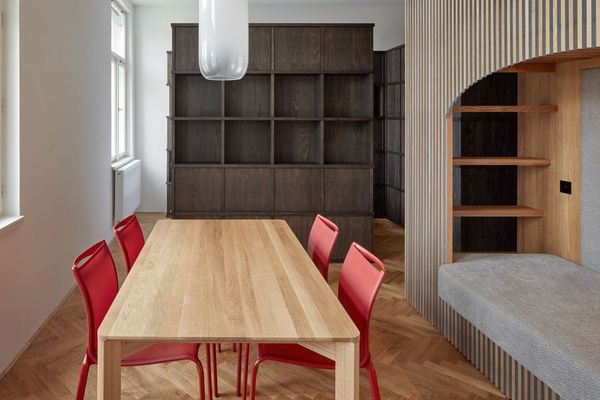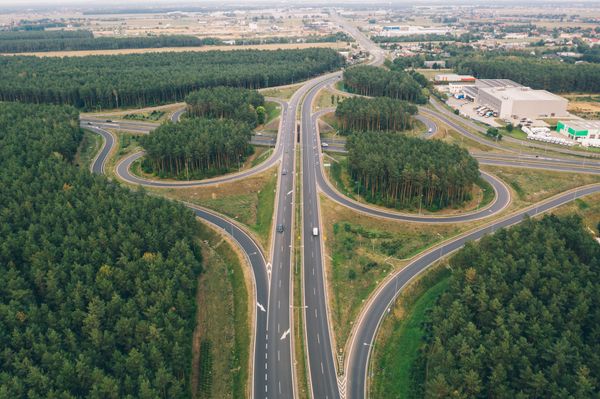Would you like to live in a city where everything is in close proximity? We live in hectic cities and have to travel and commute a lot to get our basic needs. The concept of a „15-minute city” is about to change this and revolutionize urbanism in the 21st century. Interview with Dr. Carlos Moreno, who initially came up with this idea.
For most of the last century, transport and urban planning debates focused not on location but on speed. Why do you think this was the case?
For a long time, cities have been where people live, jobs are created, and a multitude of activities are developed. We have lived in an urban war for quality of life and humanity, and cities were, unfortunately, in my opinion, not so specialized. Then corporate districts, media districts, and poor districts emerged. This has been the consequence of urbanism that has been imposed at very great distances. Today, we need to rediscover the most important element of quality of life: the useful use of time. Cities are, in fact, sacrificing useful time. We live in hectic cities: people have to get up early to go to work because they often live 2-3 hours away from their workplace. Modern cities are cities of long commutes where people lose useful time. The 15-minute city is a new way, a new paradigm for finding useful time, discovering nearby places, transforming public spaces, climate resilience, reducing the location of private cars, reducing emissions, re-locating jobs, and recognizing economic activities. We are transforming our cities into more vibrant places.

How can I get involved in urban planning and implementing this concept?
We now have the opportunity to involve citizens, stakeholders, associations, and civic movements in the transformation of our cities. In this form of activity, the aim is to develop more and more liveable places, more local services, and reclaim public space. We can use new technologies to create local jobs and remote jobs. In fact, many citizens can be involved in transforming cities and towns. In Paris, for example, there is participatory budgeting. The participatory budget is part of the city budget, so a part of this budget is for citizens. As a citizen of Paris, you have the opportunity to submit a project to transform our streets and our spaces. You can share an idea or a project proposal, and you have the chance to win with a little electoral campaign. If you win, the city will fund the implementation.
While researching this concept, I came across several other ideas, such as 20-minute cities and 5-minute cities. What do you think about these alternative concepts?
These concepts are based on the same idea, and I am very happy to observe many different names around the world: 20-minute city district, 5-minute city district, vital city district, and complete city district. In China, the term is „15-minute community life circle.” There are many implementations of the same idea. The question is how we can transform our cities with new polycentric proximities so that we have more and more local services in this polycentricity. I am actually very happy because this concept has now become a global movement. That is why at the recent World Urban Forum in Katowice, together with the UN-Habitat, the C40 Cities Climate Leadership Group, and other global networks of cities, we launched the International Observatory of Proximities to unite several initiatives around this concept globally. We aim to bring together different researchers to exchange their experiences, launch concrete initiatives to redesign cities, and develop new indicators, new methods, and new scoring for different parameters of comparison. I am very happy to observe the worldwide popularity of these concepts.

What can be the biggest challenge in creating a 15-minute neighborhood?
There are three big hurdles we face today. The first is the need for local governments to develop a new urban policy roadmap. We need measures and precedents for this roadmap because a 15-minute city is not a magic wand to transform a city in a few weeks or months; it requires decades of segmented and centralized urbanism. Secondly, we need to change how people work because many say they cannot live close to their workplace. During the COVID-19 pandemic, we have learned to work differently, even telecommuting for most days of the week. I think the third point is to transform our own urban culture and mindset. The way how we do it now is not sustainable. Some people frequently drive five kilometers, although today, cycling or walking can be an option instead of driving.
Carlos Moreno is Associate Professor at the Paris IAE – Panthéon Sorbonne University in France and co-founder and scientific director of the „ETI Chair Entrepreneurship – Territory – Innovation.” He is specialized in the study of complex systems and the development of innovation processes. He is renowned as a scientific advisor to national and international figures of the highest level, including Paris Mayor Anne Hidalgo. As a result of his research, he works at the heart of issues of global significance, including the following concepts: the “Digital and Sustainable City” in 2006, overtaken by the “Human Smart City” launched in 2012, the “Living City” in 2014, as well as the “City of 15mn” followed by the “Territory of 30mn” in 2016. We interviewed him in Hungary during the MCC Fest.
Photo: Dániel Gaál | Hype&Hyper

A comfortable box-like apartment

From the food culture of Pécs to the versatile use of millet | Piqniq pack—Part 15










